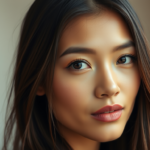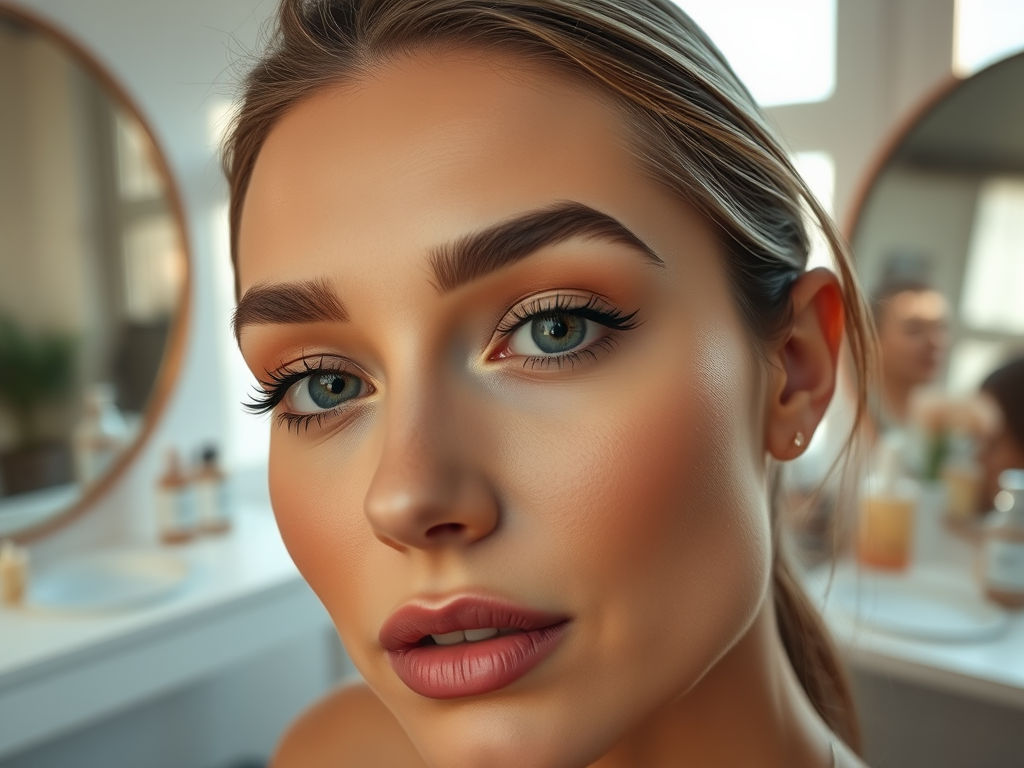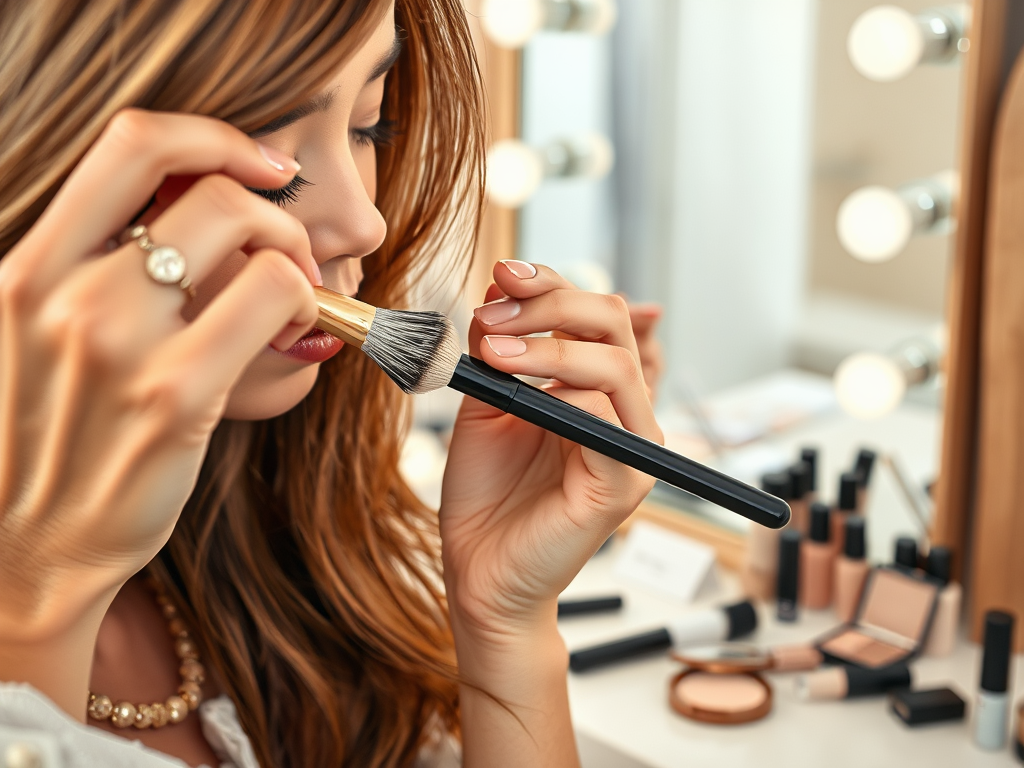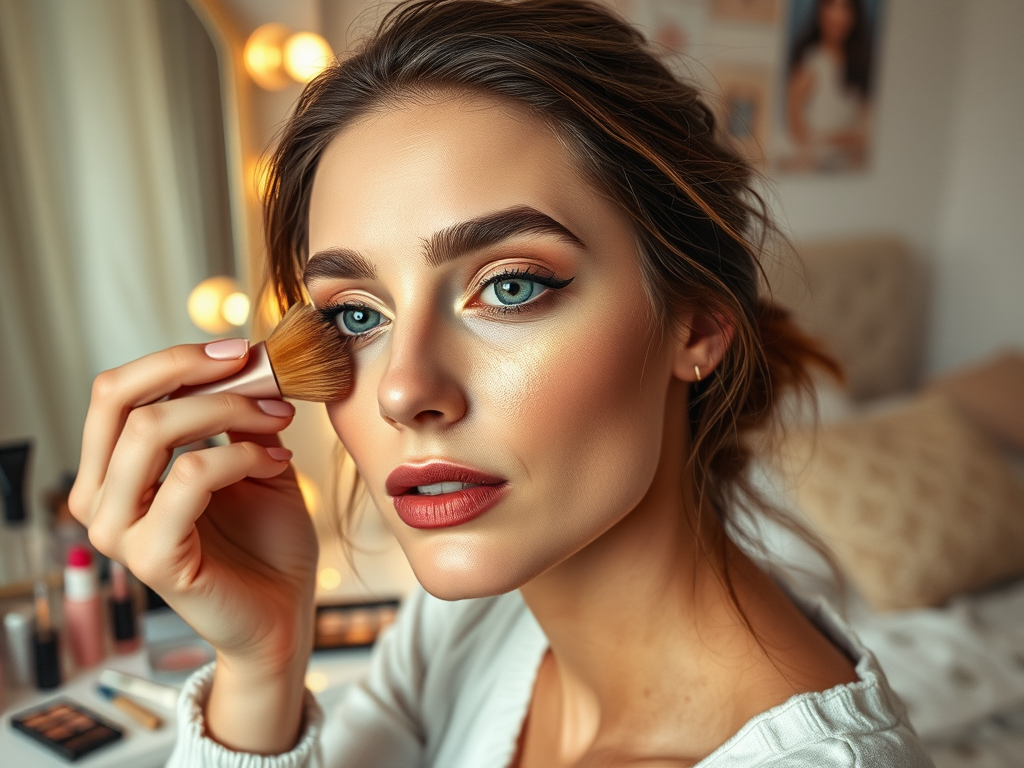Contouring is an art form that elevates the natural beauty of your face, helping you enhance your features in ways you may have never imagined. Whether you’re aiming for a subtle glow or a more dramatic sculpt, knowing the proper technique for your specific face shape can make all the difference. But how do you navigate the myriad of options available to find what truly works for you? In this article, we’ll explore not only the different face shapes but also the tailored contouring strategies that will allow you to shine. Discover your face shape, choose the right techniques, and elevate your makeup game. Remember, each face is unique, and the beauty lies in customizing your makeup to express your individuality.
By understanding your specific features, you can leverage contouring to balance proportions, highlight your best traits, and create stunning looks effortlessly. With detailed tips for oval, round, square, heart, and long face shapes, you will be equipped to navigate the world of contouring. Let’s delve deep into this transformative technique, so you can step confidently into any setting with a flawless finish!
Understanding Face Shapes
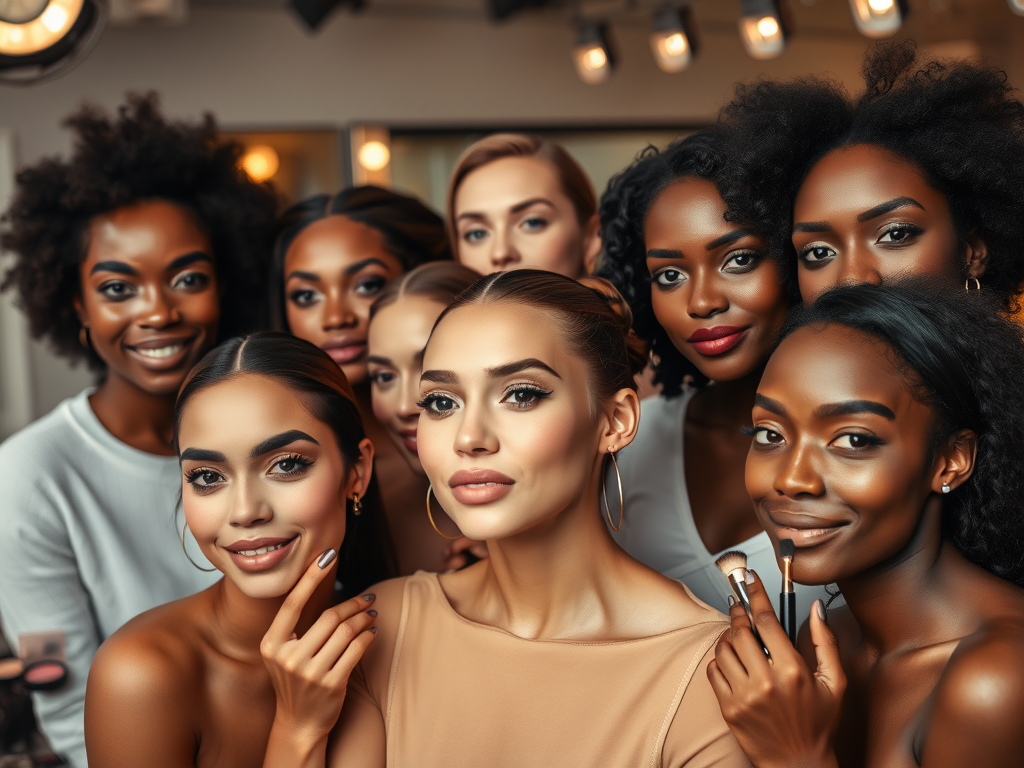
To effectively contour, it’s crucial to first identify your face shape. Each face shape has distinct features that require unique contouring strategies. Here are the common face shapes:
- Oval
- Round
- Square
- Heart
- Long
Knowing these shapes will guide you as we discuss the specific contouring styles that suit each type. Remember, the aim is to enhance your natural beauty, not to mask it. By choosing the right contour technique, you can achieve a balanced look that draws attention to your best features.
The Different Face Shapes
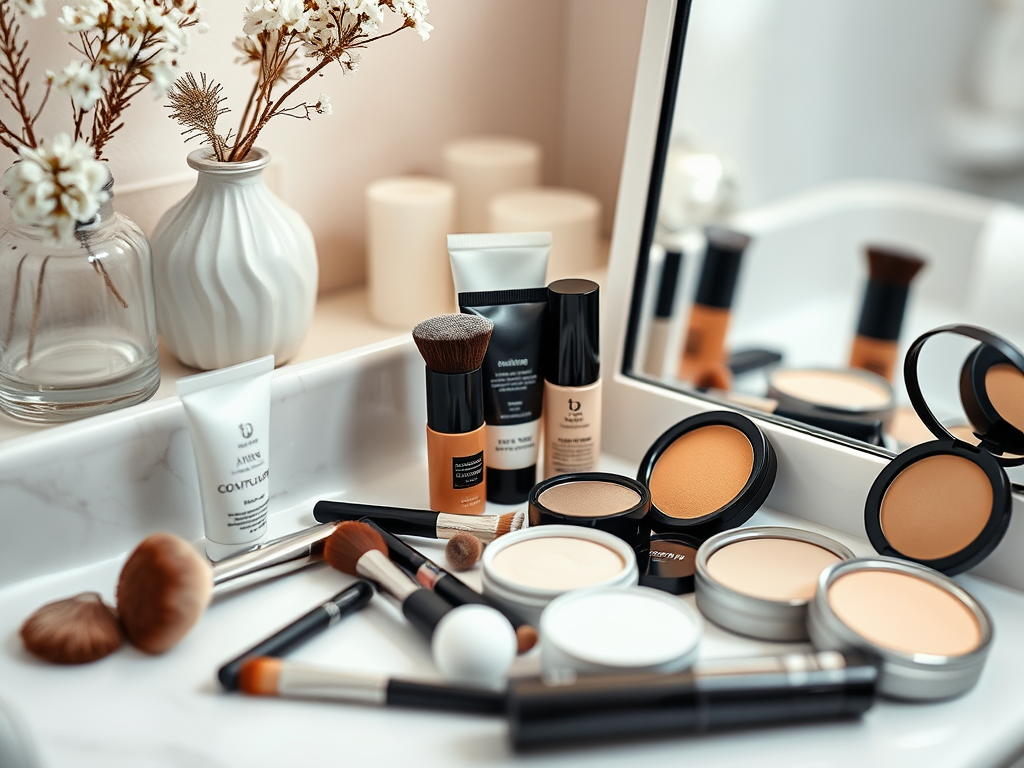
Oval Face Shape
The oval face has balanced proportions and is often considered the ideal shape for contouring. With a slightly wider forehead and a gently rounded chin, this shape allows for diverse contouring techniques. Follow these steps for the best results:
- Forehead: Lightly contour the hairline to create the illusion of a smaller forehead.
- Cheekbones: Apply contour just below the cheekbones to define and enhance.
- Jawline: A soft contour along the jawline adds subtle definition.
Round Face Shape
Round faces feature soft curves and are typically equal in width and height. To give your face a more elongated appearance, use these contouring methods:
- Forehead: Contour the sides of your forehead to elongate your facial shape.
- Cheekbones: Apply contour beneath the apples of your cheeks for added definition.
- Jawline: Contour the sides of your jaw to create a more sculpted look.
Square Face Shape
A square face is characterized by a strong jawline and a broad forehead. The contouring tips below can soften these angular features:
- Forehead: Soften the angular corners of your forehead with contour at the temples.
- Cheekbones: Highlight the cheekbones while contouring the lower cheeks to create a more rounded illusion.
- Jawline: A gentle contour along the jawline reduces its prominence.
Heart Face Shape
If you have a heart-shaped face, you’ll notice a wider forehead with a narrower chin. This shape can be beautifully enhanced through the following techniques:
- Forehead: Apply contour on the sides of the forehead to balance its width.
- Cheekbones: Focus on contouring the sides of the cheeks to define them.
- Jawline: Lightly contour the chin to create a more harmonious balance.
| Face Shape | Contouring Focus |
|---|---|
| Oval | Forehead, Cheekbones, Jawline |
| Round | Forehead, Cheekbones, Jawline |
| Square | Forehead, Cheekbones, Jawline |
| Heart | Forehead, Cheekbones, Jawline |
| Long | Forehead, Cheekbones, Jawline |
Long Face Shape
The long face is marked by a length greater than its width, which can also be made more proportionate through contouring. Consider the following techniques to achieve a balanced look:
- Forehead: Brush contour along the top of the forehead and at the temples.
- Cheekbones: Add width to your cheeks by applying contour on the sides.
- Jawline: Contour the jawline for greater definition and balance.
Tips for Effective Contouring
For a flawless and natural contour, keep these tips in mind:
- Choose the Right Products: Look for contour shades that are 1-2 shades darker than your skin tone.
- Blend Well: Achieve a seamless finish with the help of brushes or sponges for smooth transitions.
- Lighting Matters: Test your makeup in various lighting to ensure it appears natural.
Conclusion
Contouring is more than just a makeup technique; it’s about embracing your features and enhancing your natural beauty according to your unique face shape. Armed with the knowledge of your specific contouring needs, you’re now ready to take on the world with confidence. Remember, practice makes perfect, so don’t be afraid to experiment with different products and techniques. The art of contouring lies in finding what brings out the best in you, reflecting your style and personality. So step into your world of contouring, embrace the nuances of your shape, and celebrate the beauty of being uniquely you!
Frequently Asked Questions
- What is the purpose of contouring? Contouring helps to define, enhance, and shape facial features through the use of darker and lighter shades.
- Can I contour if I have acne or blemishes? Yes, but be careful to avoid heavy products on acne-prone areas to prevent further irritation.
- How do I choose the right contour shade? Look for shades that complement your skin tone, ideally 1-2 shades darker than your natural skin tone.
- Is contouring suitable for all skin types? Contouring can be adapted for all skin types; however, the products used may vary based on skin type (e.g., creams for dry skin, powders for oily skin).
- How often should I contour? This varies by preference and occasion; many choose to contour for special events or everyday wear based on personal style.


